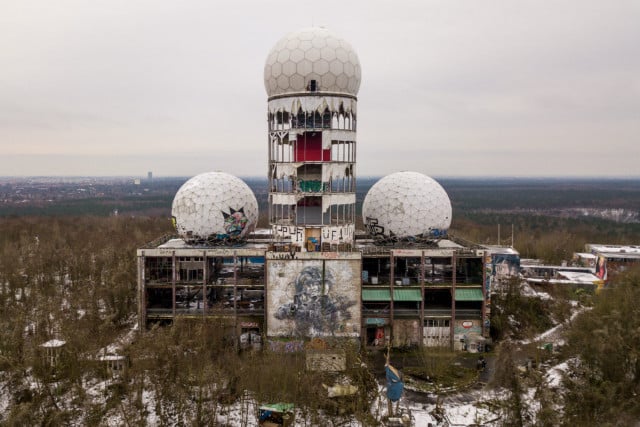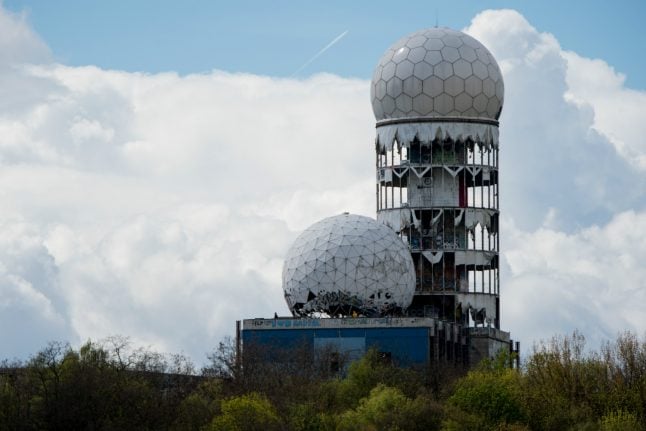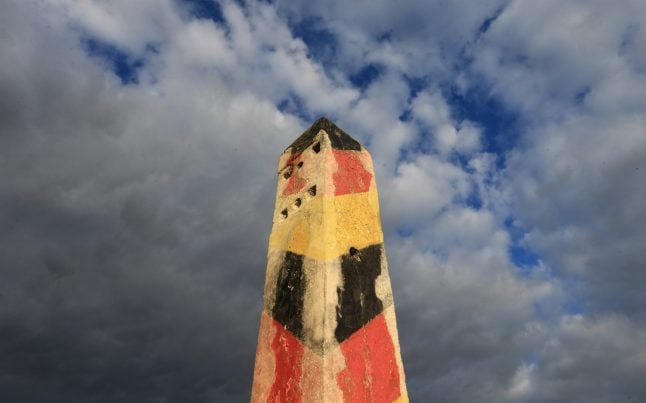Teufelsberg, which is based on a hill made up of rubble from World War II on the northern edge of Grunewald forest in western Berlin, was used by allied forces to intercept and listen to communication from the Eastern Bloc.
On Monday Berlin’s Senator of Culture Klaus Lederer announced it had been registered as an official historical monument, RBB reported on Monday.
Lederer called the hill, which has a distinctive structure with large white domes at the top, a “unique and multi-layered historical monument of the 20th century”.
Teufelsberg, which stands at 120m above sea level, encompasses a complex period in the history of the 20th century, including the destructive politics of the Nazi dictatorship, the reconstruction after the Second World War and the Cold War, Lederer said.
This connection to different periods throughout history is why the state has decided to protect the site. The administration stressed that there were no plans to rebuild the area; instead it will be preserved.
A war site
In the early 20th century, the area was covered in bogs, a type of wet and muddy ground, but this changed when the Nazis came to power.
As part of the plans for Germania – Hitler’s vision for a new Berlin – work began on the construction of a university faculty for military technology at the site in the Charlottenburg-Wilmersdorf area, but it was never completed, and destroyed in the war.
After the war, trucks brought rubble from the devastated city of Berlin to the area near Heerstraße and it soon piled up to become the highest point in West Berlin.
The dumping stopped in 1972 and trees were planted to make the man-made hill more attractive.
Spy station
During the Cold War, the British and Americans set up a listening station on this site. Satellite dishes – hidden under the characteristic white domes – caught telephone conversations and radio traffic far into the eastern states.
After the allies withdrew, there were various ideas for use. Some called to allow the surrounding nature to overtake the facility, while others wanted the state to protect the buildings as historical monuments.
 Teufelsberg covered in snow in 2017. Photo: DPA
Teufelsberg covered in snow in 2017. Photo: DPA
However, the complex has become increasingly dilapidated in recent years.
Artists have made Teufelsberg their base and the site now boasts a range of stunning graffiti art. Guided tours are also offered but the viewing platform, which offers breathtaking views of Berlin and the surrounding area, has been closed since spring for safety reasons.
Teufelsberg – which translates to 'devil's mountain' in English – is named after the nearby Teufelsee.
Will money be invested?
The initiative 'Kultur-Denk-Mal Berliner Teufelsberg', which has been active on the site of the ex-spy station for several years, now hopes the state will invest money in the preservation of the facilities.
The Teufelsberg hill is a popular recreation area. Currently, the area is mainly used by mountain bikers and walkers, and many people also fly kites or use the slopes for sledging in winter. The German Alpine Association also operates a climbing rock on the Teufelsberg.



 Please whitelist us to continue reading.
Please whitelist us to continue reading.
Member comments